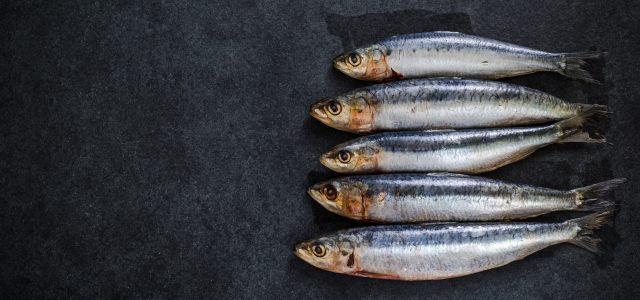
Fish Glorious Fish
When we think of eating fish, we usually think of the traditional cod or haddock that we get with our chips, but there’s more to fish than meets the eye, writes Tracy Hargreaves
Fish and chips (and mushy peas) is probably classed as one of Britain’s favourite foods, but we don’t seem to be that adventurous when it comes to the type of fish we eat. Not only are there so many different varieties, it is easy to cook and incredibly good for us. So, what’s not to like?
For a balanced diet it is advised that we eat fish twice a week. Fish are a lean, healthy source of protein and the oily kinds, such as salmon, tuna, sardines, etc, deliver those heart and brain healthy omega-3 fats you’ve probably also heard you should be getting in your diet. When choosing which fish to have for your tea, it’s best to look for those that have been caught sustainably and therefore good for the environment.
Fish like any kind of meat has different flavours. If you are not sure of whether you will like it start with a mild tasting fish, such as sole, cod or halibut. For a slightly stronger taste, trout, swordfish and snapper are the ones to try and for a full flavour, salmon, tuna, mackerel, herring and anchovies.
For the healthy option:
Atlantic mackerel is a strong-flavoured fish and is high in heart-healthy omega-3s, a good source of protein. It’s a fast growing fish which means it repopulates easily and therefore can sustain more fishing.
Pacific Sardines are making it onto many lists of superfoods and are packed full of vitamin D. What’s more they are inexpensive to buy.
Salmon is a favourite and extremely versatile. It tastes great with honey, lime, chilli, ginger and soy sauce or maybe coated in Cajun spice.
If you’re looking for something different:
Try Coley, which is one of the least expensive fish and is great in a curry. Genuine Alaska Pollock is low in fat, carbohydrates and cholesterol, and is an excellent source of complete protein and minerals.
Swordfish is a great fish if you are following a low-carbohydrate, high-protein diet. It has no carbohydrates and contains essential amino acids and omega-3 fatty acids, but it should be avoided by pregnant women.
Ray wings is something which is becoming more popular in supermarkets and goes perfectly with parsley and capers.
Lobster tails. There is a technique to eating lobster tails but give it a go. Lobster is a rich source of copper and selenium and also contains zinc, phosphorus, vitamin B12, magnesium, vitamin E and a small amount of omega-3 fatty acids.
But whenever you are buying any type of fish, check that it is fresh. If it’s fresh, it should have a mild scent with moist flesh and the eyes should be bright. Don’t buy if it has strong fishy odour. You can keep fresh fish in the fridge from the day of purchase, or alternatively it freezes well if you want to keep longer. Don’t forget some fish also comes in cans and it has the same nutritional value as fresh or frozen.

